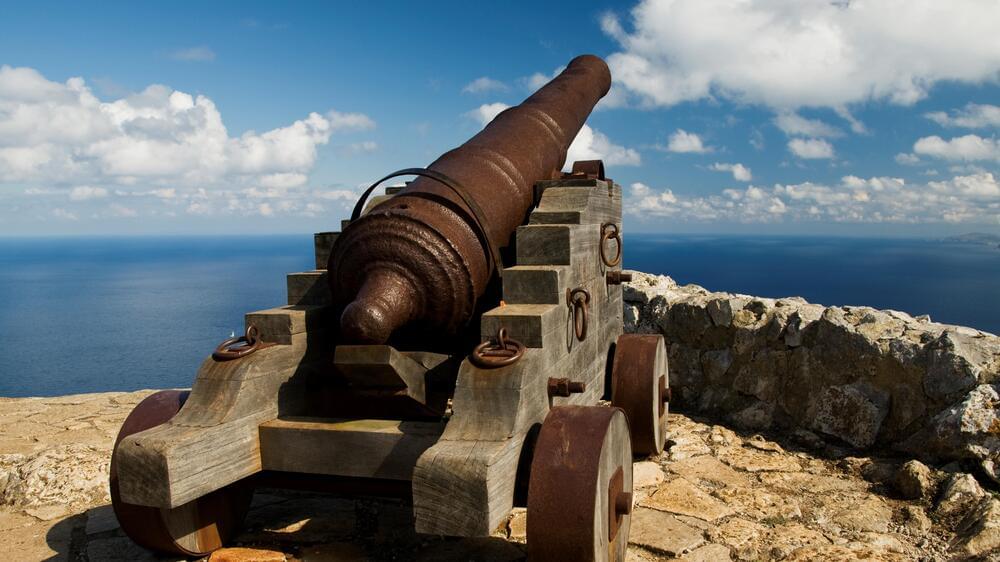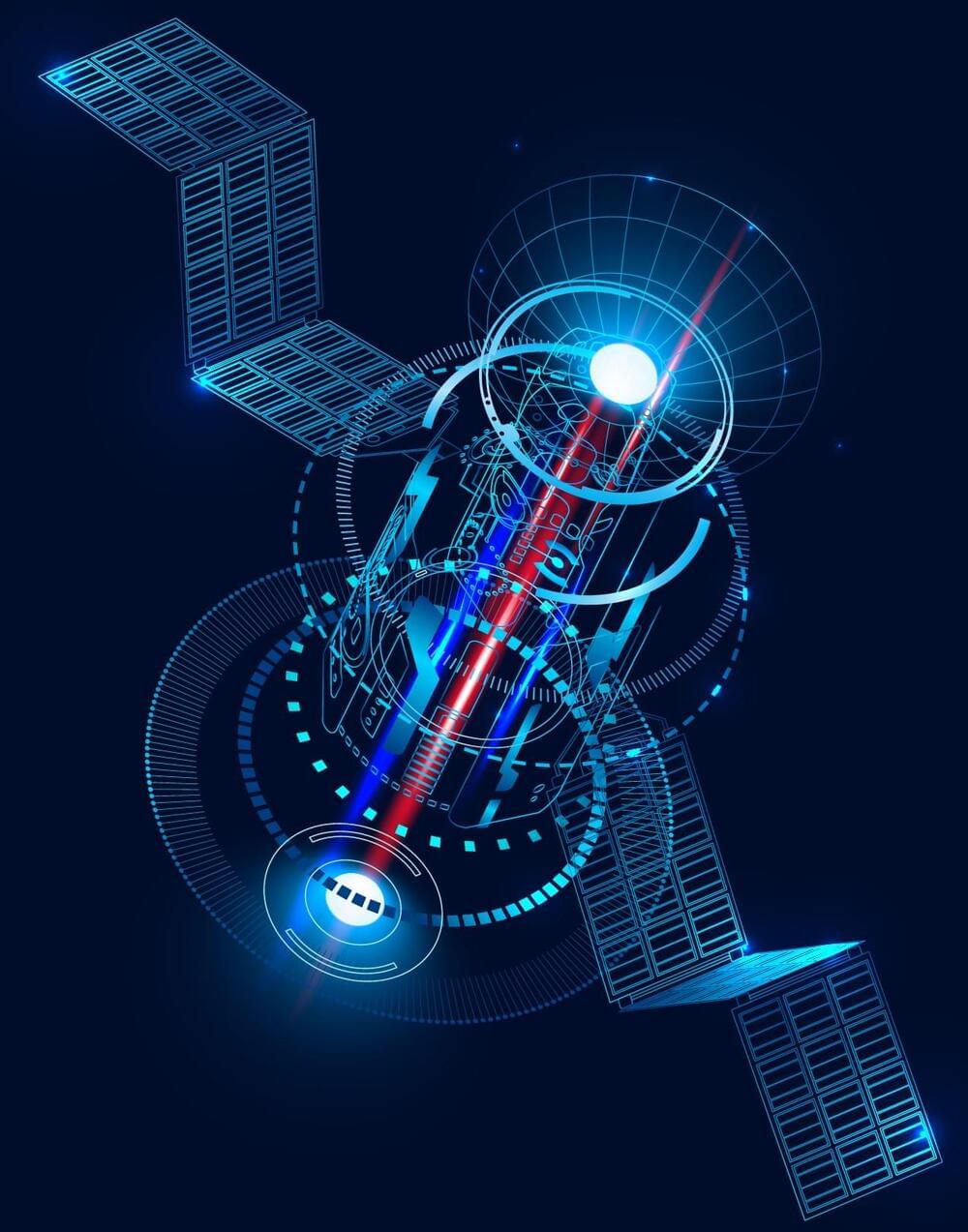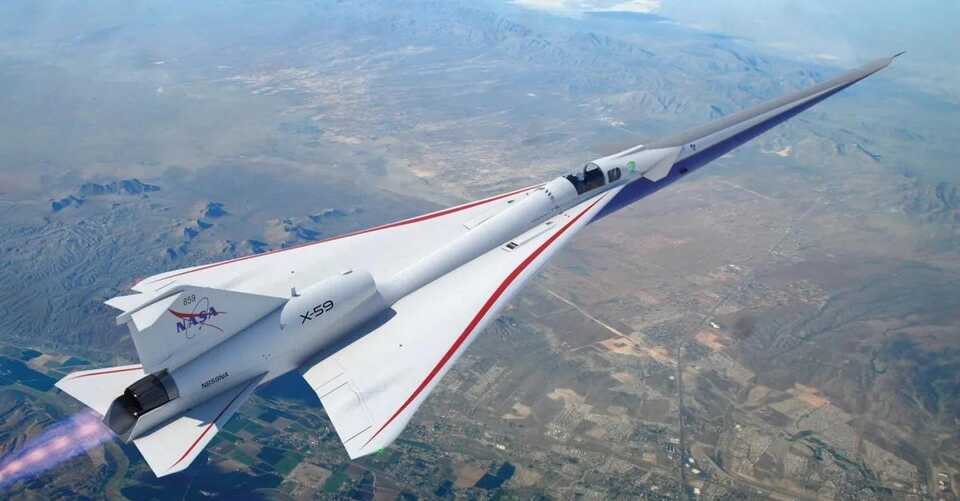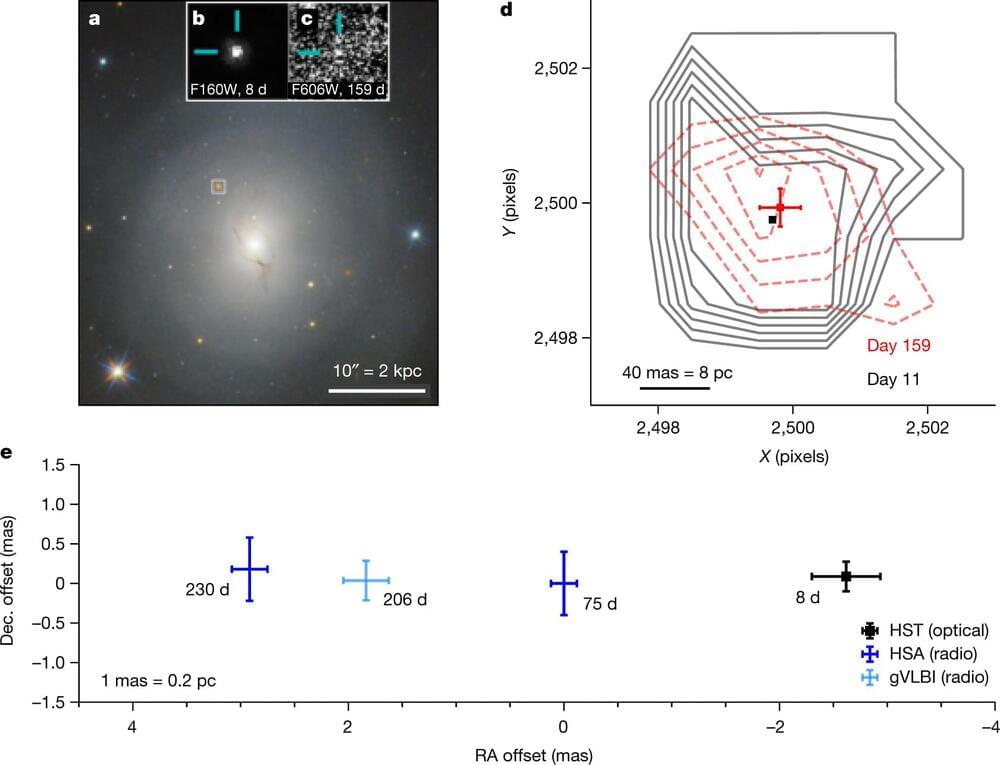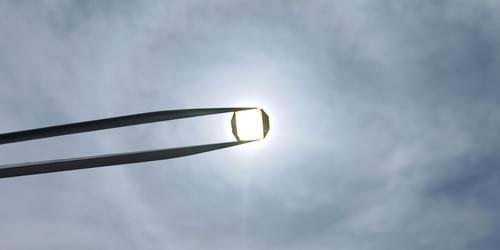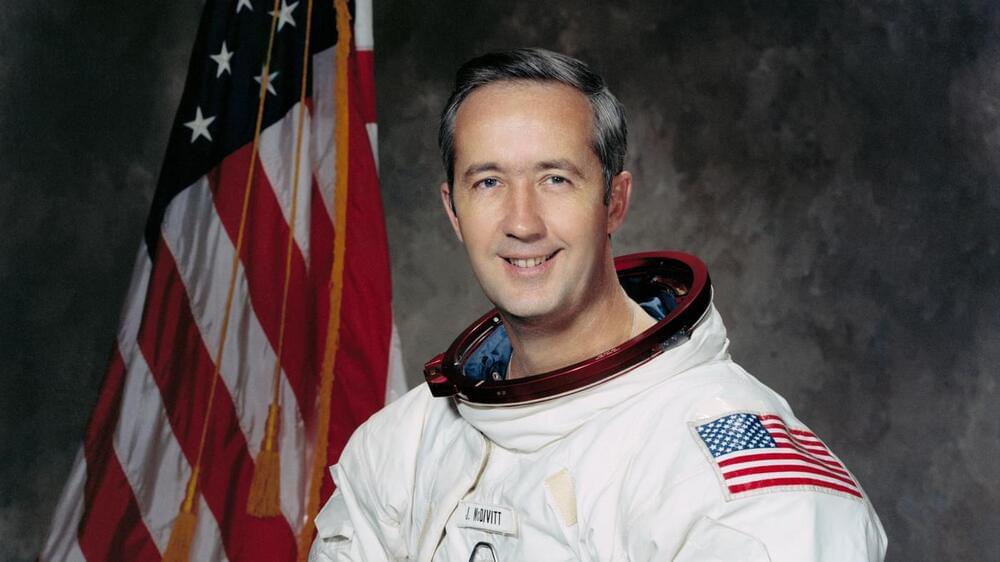Archive for the ‘space’ category: Page 322
Oct 19, 2022
First 3,200 Megapixel Images Taken by World’s Largest Digital Camera
Posted by Gemechu Taye in category: space
Oct 19, 2022
Rooftop wind system delivers 150% the energy of solar per dollar
Posted by Quinn Sena in categories: energy, space, sustainability

Aeromine says its unique “motionless” rooftop wind generators deliver up to 50% more energy than a solar array of the same price, while taking up just 10% of the roof space and operating more or less silently. In independent tests, they seem legit.
Distributed energy generation stands to play a growing part in the world’s energy markets. Most of this currently comes in the form of rooftop solar, but in certain areas, wind could definitely play a bigger part. Not every spot is appropriate for a bladed wind turbine, though, and in this regard, University of Houston spinoff Aeromine Technologies has designed a very different, very tidy form of rooftop wind energy capture that looks like it could be a real game-changer.
Continue reading “Rooftop wind system delivers 150% the energy of solar per dollar” »
Oct 19, 2022
The 2022 Global Satellite Servicing Forum, the DARPA-originated u0040_CONFERS consortiumu2019s annual event, is Oct
Posted by Dan Kummer in category: space
The 2022 Global Satellite Servicing Forum, the DARPA-originated @_CONFERS consortium’s annual event, is Oct. 19–20. In-space servicing and manufacturing stakeholders will discuss in-space lessons learned and their work toward achieving common technical and safety standards to extend satellite utility, resilience, & reliability. Learn more and register at https://www.satelliteconfers.org/gssf/#satelliteservicing #inspaceservicing #GSSF22
Oct 18, 2022
New tool allows scientists to peer inside neutron stars
Posted by Quinn Sena in categories: information science, physics, space
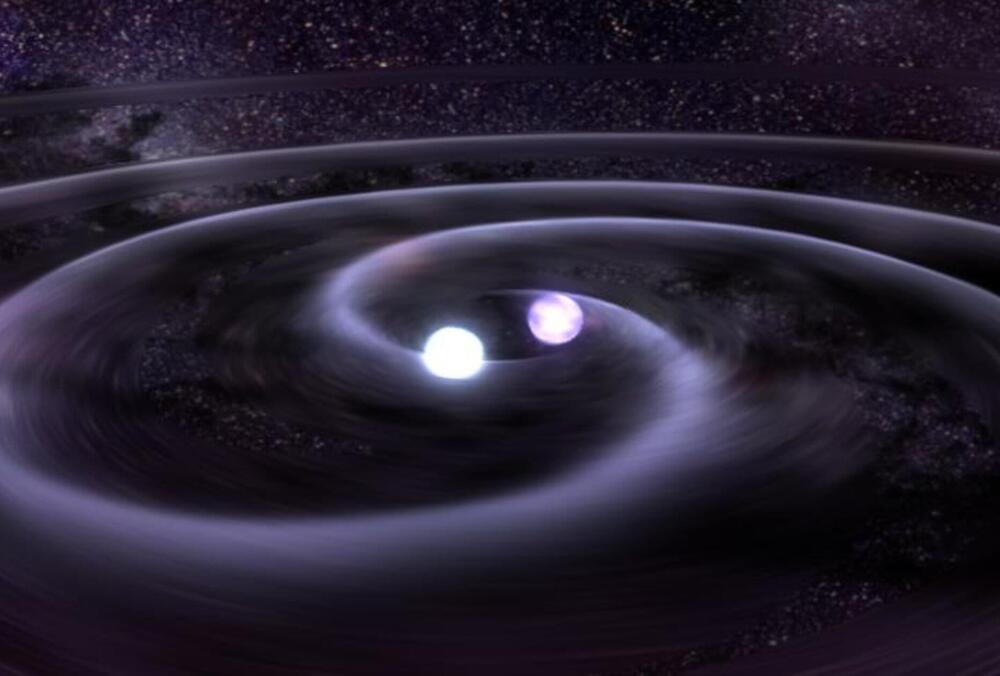
Imagine taking a star twice the mass of the sun and crushing it to the size of Manhattan. The result would be a neutron star—one of the densest objects found anywhere in the universe, exceeding the density of any material found naturally on Earth by a factor of tens of trillions. Neutron stars are extraordinary astrophysical objects in their own right, but their extreme densities might also allow them to function as laboratories for studying fundamental questions of nuclear physics, under conditions that could never be reproduced on Earth.
Because of these exotic conditions, scientists still do not understand what exactly neutron stars themselves are made from, their so-called “equation of state” (EoS). Determining this is a major goal of modern astrophysics research. A new piece of the puzzle, constraining the range of possibilities, has been discovered by a pair of scholars at IAS: Carolyn Raithel, John N. Bahcall Fellow in the School of Natural Sciences; and Elias Most, Member in the School and John A. Wheeler Fellow at Princeton University. Their work was recently published in The Astrophysical Journal Letters.
Continue reading “New tool allows scientists to peer inside neutron stars” »
Oct 18, 2022
NASA prepares to break the sound barrier with Lockheed Martin’s X-59
Posted by Dan Breeden in category: space
With the help of NASA’s QueSST mission, aeronautical innovators hope to break the sound barrier once more, but this time in a totally different fashion that…
Oct 18, 2022
The Vacuum Catastrophe. The Worst Thing That Can Happen to the Universe
Posted by Jose Ruben Rodriguez Fuentes in categories: physics, space
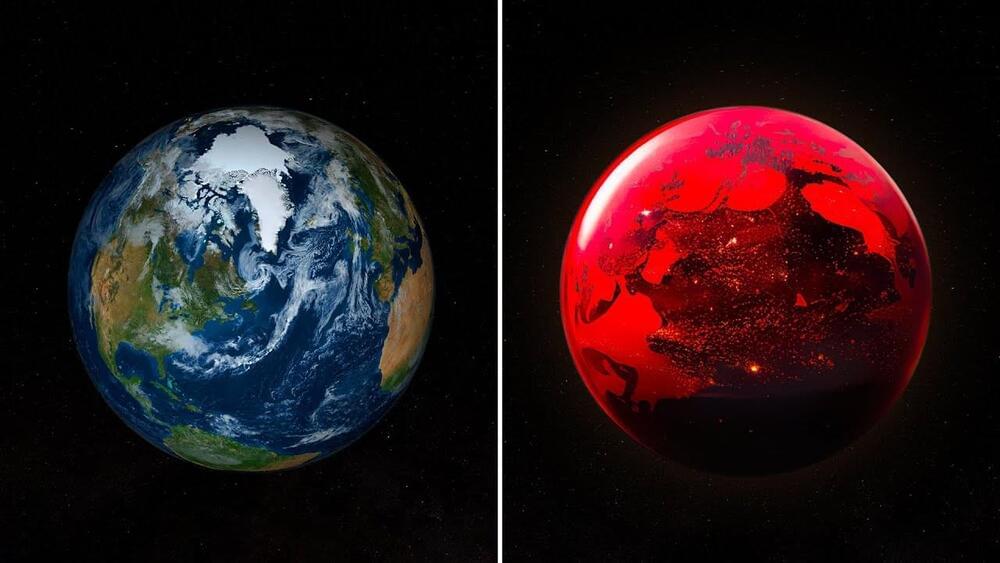
In this video, you are going to learn: what dangers are waiting for us in seemingly empty places? Can physicists on Earth destroy the entire cosmos? And most importantly, can a vacuum end the world we know and love?
Oct 18, 2022
Optical superluminal motion measurement in the neutron-star merger GW170817
Posted by Saúl Morales Rodriguéz in category: space
The afterglow of the binary neutron-star merger GW1708171 gave evidence for a structured relativistic jet2–6 and a link3,7,8 between such mergers and short gamma-ray bursts. Superluminal motion, found using radio very long baseline interferometry3 (VLBI), together with the afterglow light curve provided constraints on the viewing angle (14–28 degrees), the opening angle of the jet core (less than 5 degrees) and a modest limit on the initial Lorentz factor of the jet core (more than 4). Here we report on another superluminal motion measurement, at seven times the speed of light, leveraging Hubble Space Telescope precision astrometry and previous radio VLBI data for GW170817.
Oct 18, 2022
A “Green” Quantum Sensor
Posted by Saúl Morales Rodriguéz in categories: energy, internet, nanotechnology, quantum physics, space, sustainability
Researchers have demonstrated a quantum sensor that can power itself using sunlight and an ambient magnetic field, an achievement that could help reduce the energy costs of this energy-hungry technology.
No longer the realm of science fiction, quantum sensors are today used in applications ranging from timekeeping and gravitational-wave detection to nanoscale magnetometry [1]. When making new quantum sensors, most researchers focus on creating devices that are as precise as possible, which typically requires using advanced—energy-hungry—technologies. This high energy consumption can be problematic for sensors designed for use in remote locations on Earth, in space, or in Internet-of-Things sensors that are not connected to mains electricity. To reduce the reliance of quantum sensors on external energy sources, Yunbin Zhu of the University of Science and Technology of China and colleagues now demonstrate a quantum sensor that directly exploits renewable energy sources to get the energy it needs to operate [2].
Oct 17, 2022
Former NASA astronaut Jim McDivitt, who led Gemini and Apollo missions, dies at 93
Posted by Genevieve Klien in category: space
Jim McDivitt, an astronaut who played a key role in making America’s first spacewalk and moon landing possible, has died. He was 93.
NASA confirmed his death to NPR on Monday, adding that he was surrounded by family and friends when he died on Thursday.
Known for being a courageous test pilot and dedicated leader, McDivitt commanded two of the most crucial flights in the early space race — Gemini 4 and Apollo 9.
